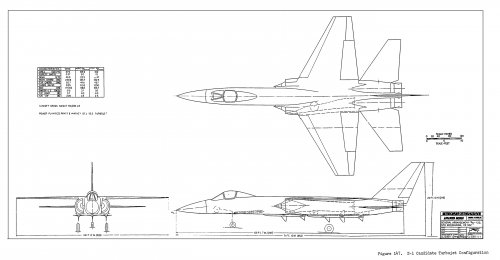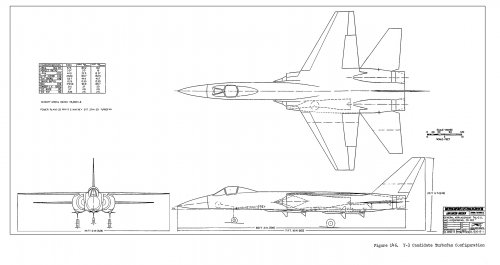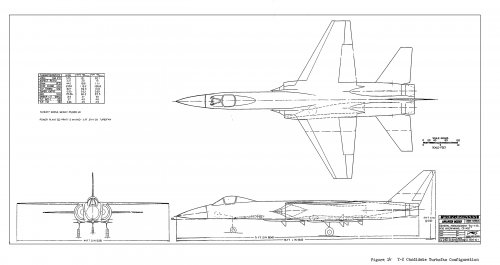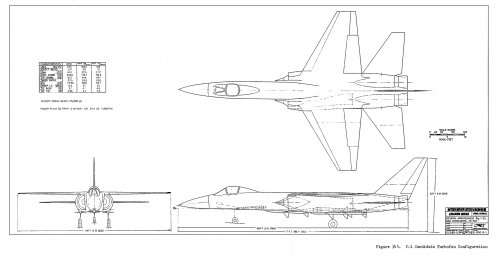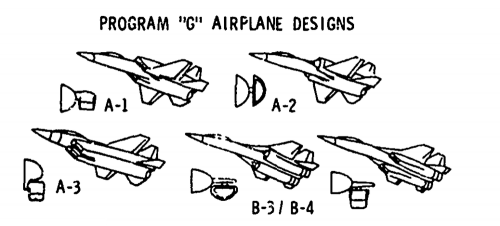In still another January 12 entry, Johnson recounted, "Reviewed our design efforts to date to obtain optimum performance of the lightweight fighter. I disagreed with Ben and others on shortening the airplane by 6 feet, which would lead to a questionable weight saving, in my view, and very poor flight and buffet characteristics.
After going over all design elements, I set a design empty weight of 13,900 pounds for the long fighter, which does have good flying characteristics and much greater ground attack potential than the one 6 feet shorter.
"We will submit the single-engine airplane with the aerodynamic configuration of the CL- 1200 as our basic bid. We set a new design number for the lightweight fighter, which will be the CL-1600, to divorce it from our prior studies. I called Rus Daniell, Larry Billups, Dick Adair, Ben Rich, Jack Prosser, and Bob Murphy and told them the schedule and approach I want to take on the CL-1600.
Essentially with the Feb. 18, 1972 date for turning in our proposal and following the Air Force statement that they would decide the program in about 45 days. I proposed that if we are one of the two winners, that in June we start tooling the aircraft with part of the $3 million available, and we aim for a flight date of June 1973.
Johnson, in releasing the new design number, had written several of his Skunk Works team members with the following notation:
"It is advisable to change the design number of our Lightweight Fighter from the CL-1200 to another serial. The reason for this is to impress the Air force with the fact this is truly a new aircraft and responsive reaction to their request for bid on the subject aircraft. We have been advised to play down the fact that our Lightweight Fighter is derived from the CL-1200, the X-27, or the F-104. In response to this suggestion, I have obtained the design number CL-1600 for our proposed aircraft. Rationale for this number has to do with our desire to avoid the 1300 and 1500 series for obvious reasons, the latter of course being conflict with the F-15."

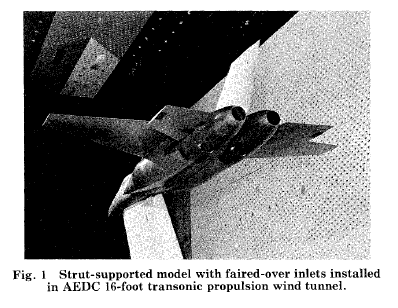
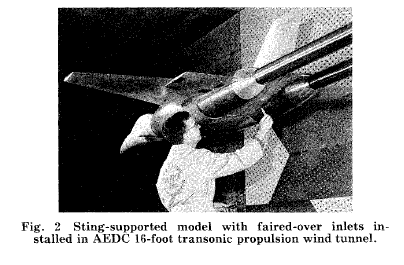
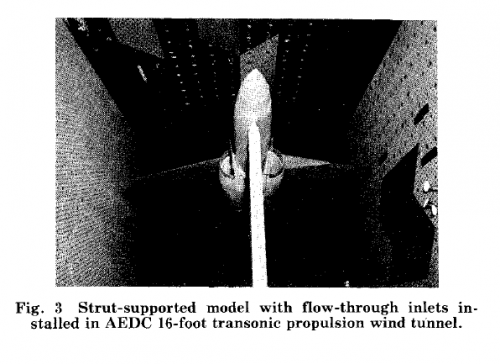
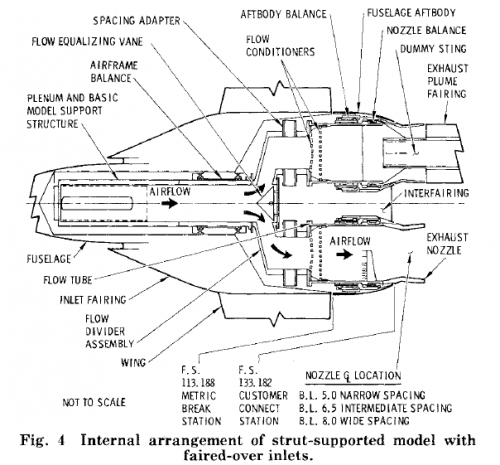
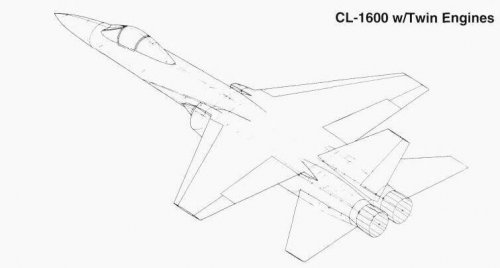
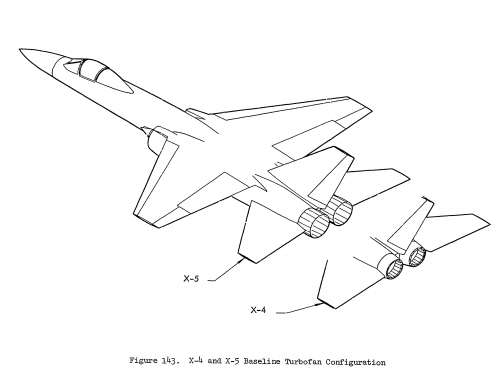
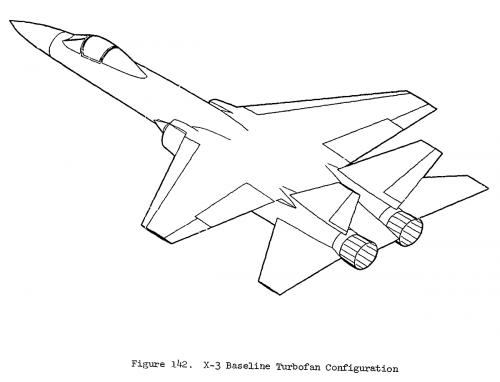
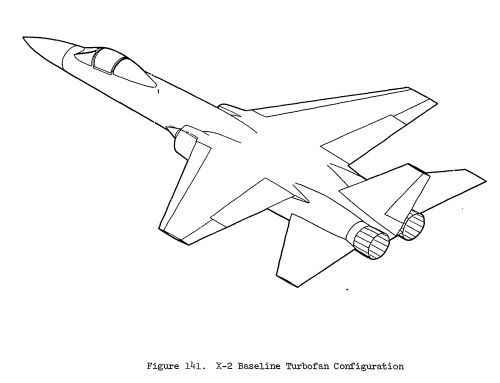
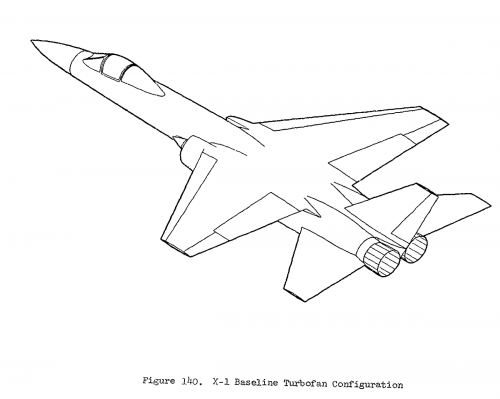
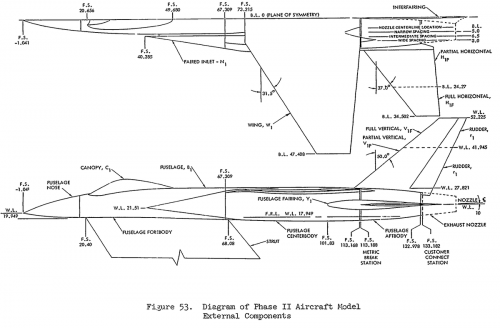
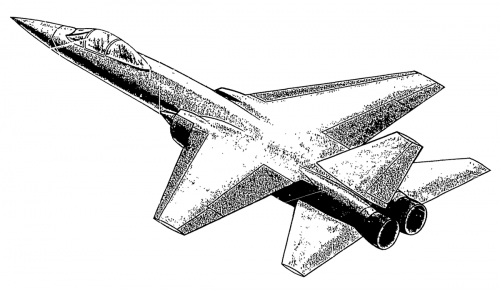
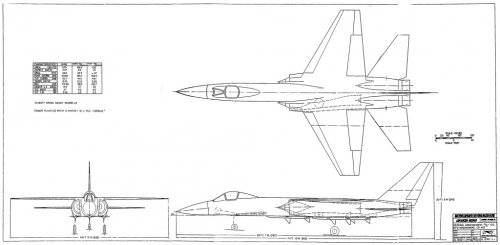
![Lockheed_C-1250-8_[Y3].jpg](/data/attachments/104/104171-50a97a431b3422627e79886ebc886285.jpg)
